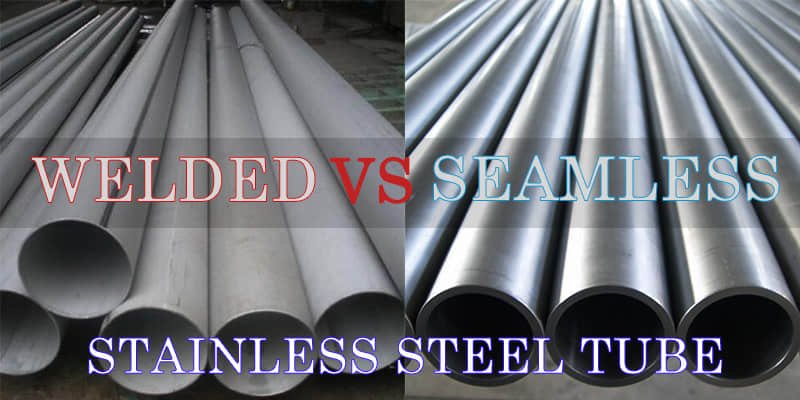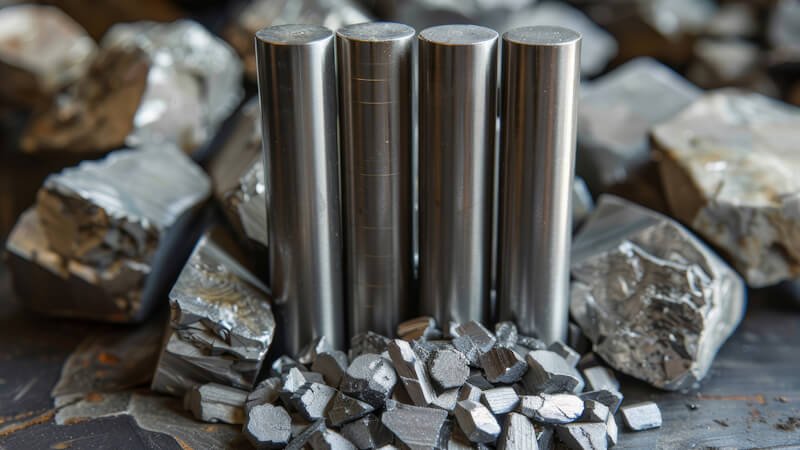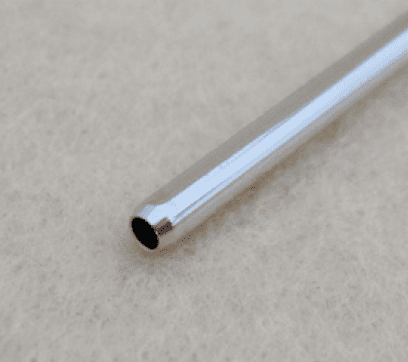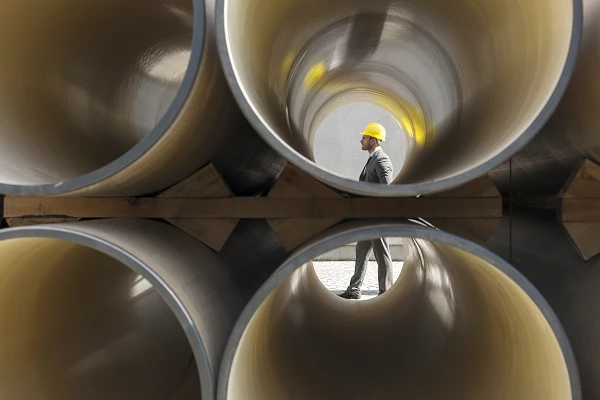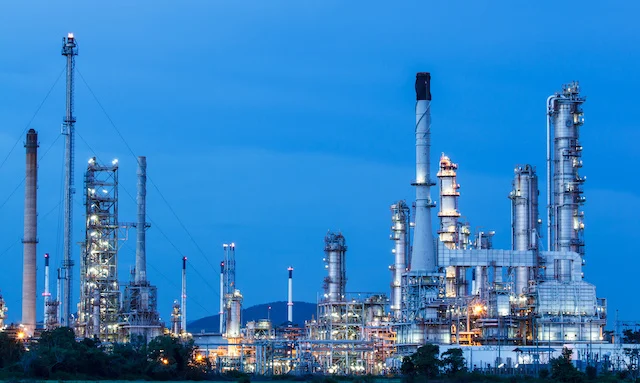1. Introduction – Heat Exchanger Maintenance Checklist
Following a structured heat exchanger maintenance checklist is the most effective way to keep your equipment running efficiently, avoid costly breakdowns, and extend service life.
Whether you operate a shell and tube heat exchanger, a plate heat exchanger, or an air-cooled model, regular preventive maintenance ensures consistent heat transfer performance and minimizes unplanned downtime.
For related optimization strategies, see 5 Proven Ways to Improve Heat Exchanger Efficiency, 7 Effective Ways to Prevent Fouling in Heat Exchangers, and Best Material for Seawater Heat Exchanger.
2. Why Maintenance Is Critical for Heat Exchangers
Neglecting maintenance can lead to:
- Reduced thermal efficiency due to fouling or scaling
- Higher energy consumption
- Increased risk of leaks or tube failures
- Shortened equipment lifespan
- Expensive emergency repairs
According to ASME guidelines, implementing a preventive maintenance program can extend the life of a heat exchanger by up to 30%.
3. Heat Exchanger Maintenance Checklist
1. Visual Inspection
- Check for leaks, corrosion spots, or unusual vibrations.
- Inspect gaskets, seals, and bolts for wear or damage.
2. Monitor Operating Parameters
- Record inlet/outlet temperatures and pressure drops.
- Compare current data with baseline performance to detect early issues.
3. Clean Heat Transfer Surfaces
- Use chemical cleaning for scale removal.
- Apply mechanical brushing or hydro-jet cleaning for debris and biofouling.
- Refer to 7 Effective Ways to Prevent Fouling in Heat Exchangers for long-term prevention strategies.
- To minimize future cleaning, apply best practices to prevent heat exchanger fouling, and track energy savings using these energy-saving tips.
4. Water Quality Management
- Test for pH, hardness, and chloride content regularly.
- Install filtration systems to reduce particulate contamination.
5. Lubrication and Moving Parts Maintenance
- Lubricate any rotating or sliding components, such as expansion joints or valve linkages.
6. Non-Destructive Testing (NDT)
- Perform ultrasonic thickness testing or eddy current inspections to detect hidden tube wall loss.
7. Documentation
- Keep detailed maintenance logs, inspection reports, and cleaning records.
- Use historical data to optimize maintenance intervals.
4. Maintenance Frequency Recommendations
- Monthly: Visual inspections and parameter checks
- Quarterly: Water quality testing and minor cleaning if required
- Annually: Full inspection, complete cleaning, and NDT testing
The actual schedule should be adapted to your operating environment, fluid type, and production demands.
5. Real-World Example
A power plant implemented this checklist and switched to duplex stainless steel tubes for their seawater-cooled exchangers. As a result, fouling was reduced by 40%, cleaning frequency was cut in half, and tube life expectancy increased from 8 years to 12 years.
6. Conclusion
A consistent heat exchanger maintenance checklist improves thermal performance, extends service life, and lowers overall operating costs. By combining regular inspections, proactive cleaning, and high-quality materials, you can ensure optimal performance for years to come.
For more insights, read 5 Proven Ways to Improve Heat Exchanger Efficiency and Best Material for Seawater Heat Exchanger.
Contact DLSS
At DLSS, we manufacture high-quality stainless steel tubes for heat exchanger applications, ensuring optimal heat transfer, corrosion resistance, and long service life.
Email: info@dlsspipe.com
Website: www.dlsspipeline.com
Related Reading
- Best Material for Seawater Heat Exchanger
- Heat Exchanger Troubleshooting Guide
- Improve Heat Exchanger Efficiency


